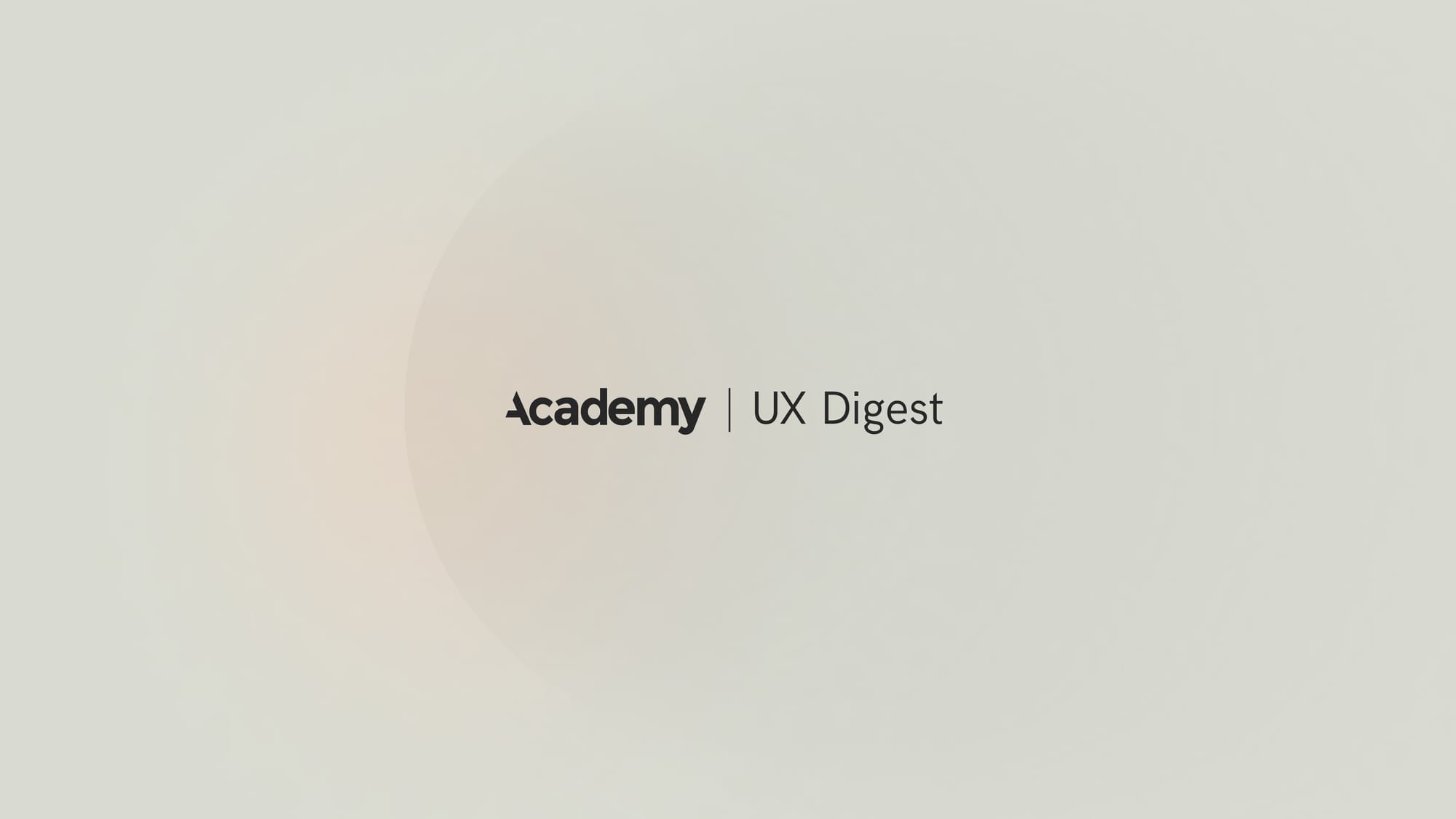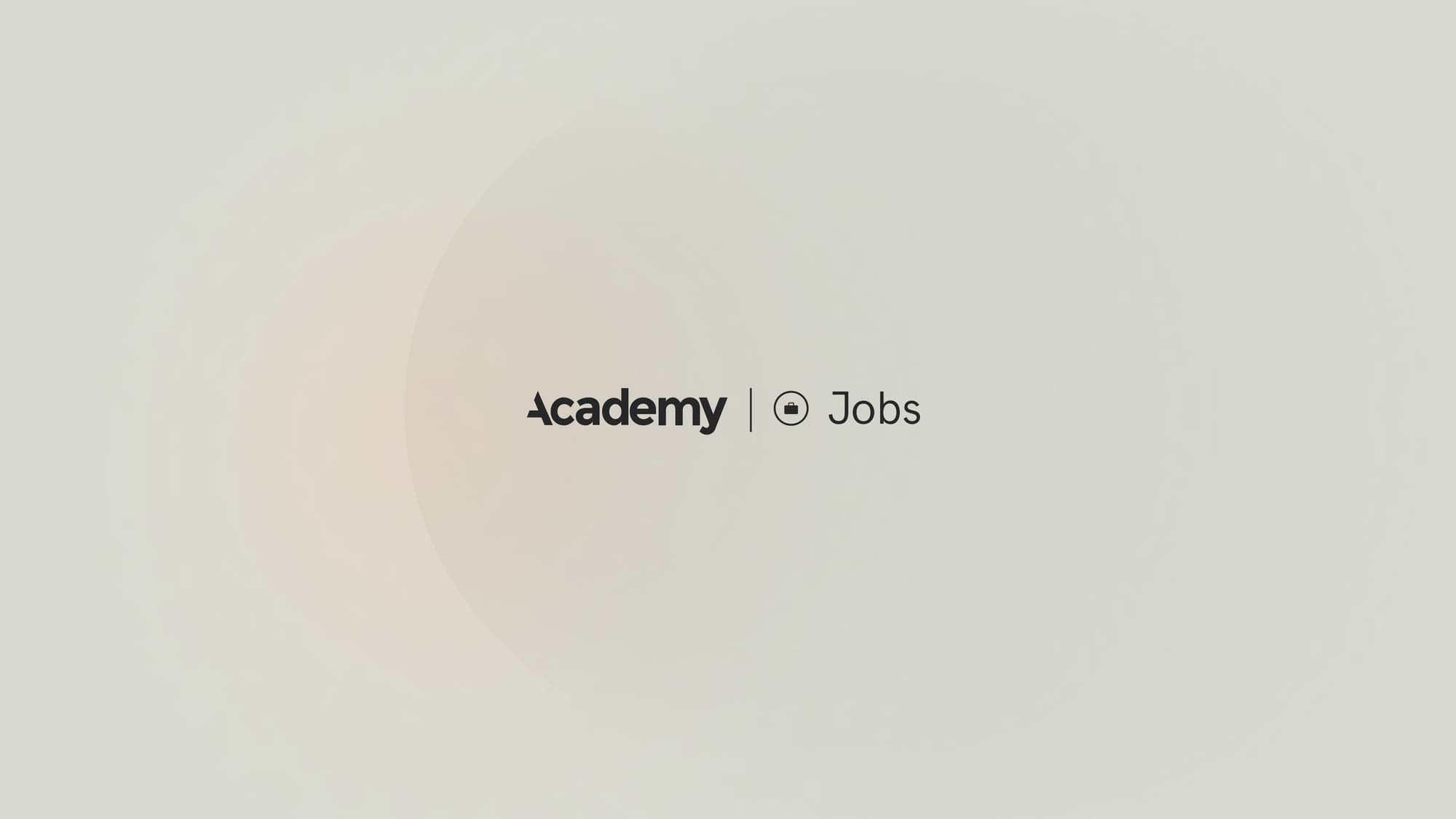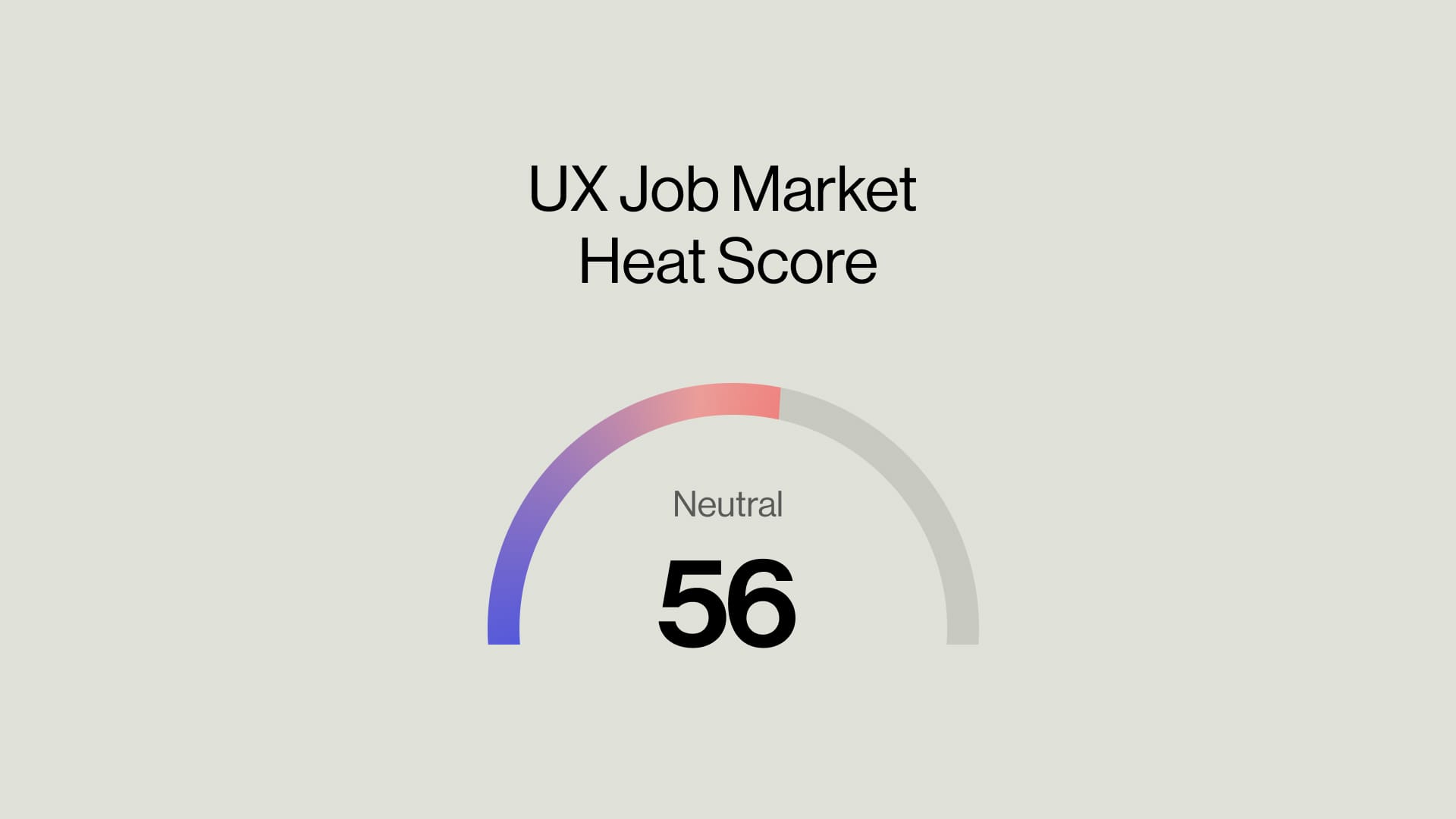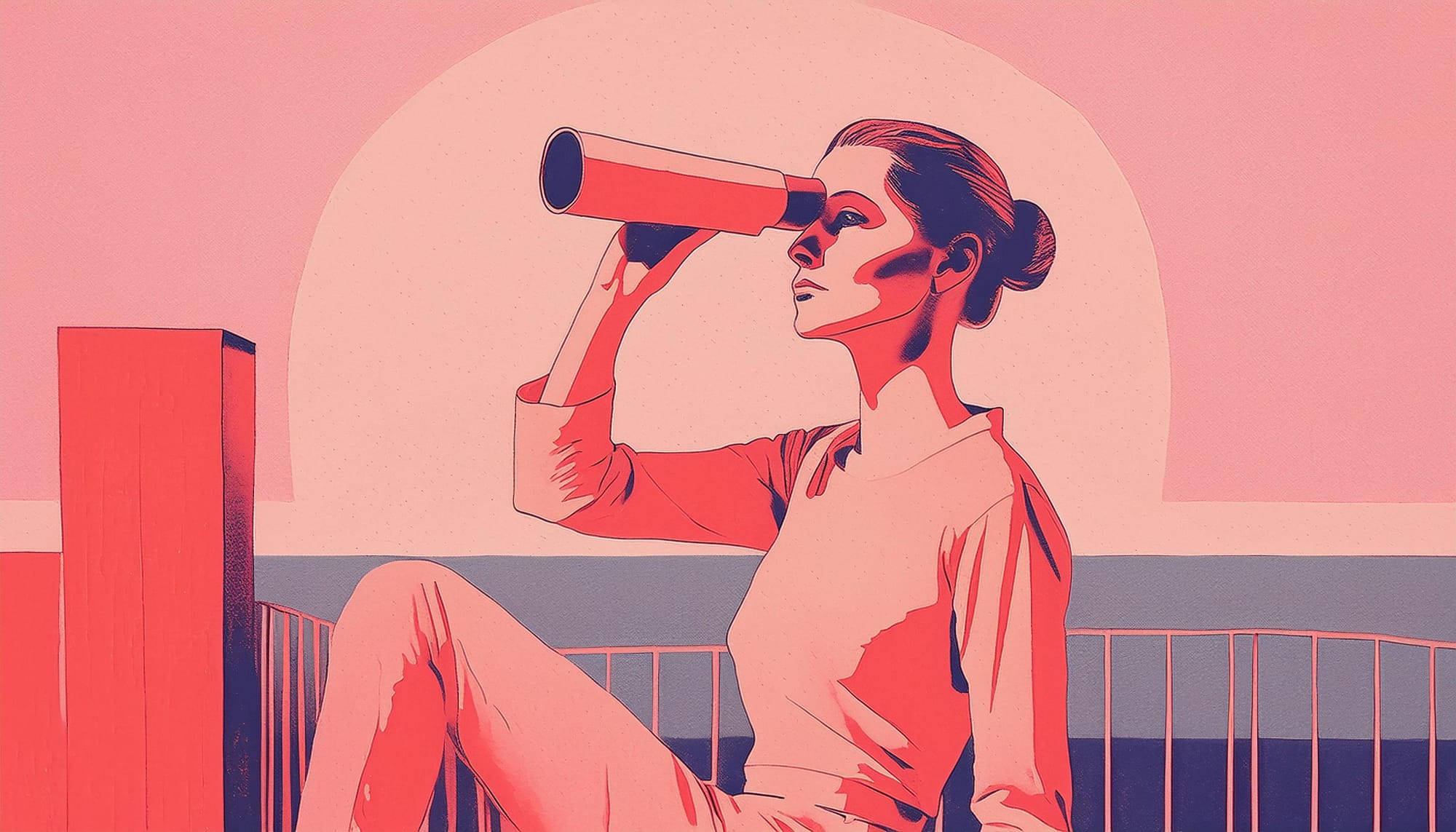Mastering the Product Design Interview: Navigating 1:1s with Engineering and Product
Learn how to ace product design interviews by showcasing collaboration skills with engineering and product teams.

When interviewing for a product design role, you might find yourself engaging with more than just the design team. It's common to present your work or interview with a multidisciplinary group, and your ability to articulate effective collaboration with engineering and product teams can set you apart. As the industry evolves, product designers are increasingly expected to work closely with these teams to create seamless, user-centered products. Here are some key strategies for excelling in this collaborative environment:
1. Speak Their Language
Communication is key in any collaboration. Product designers should strive to understand and use the terminology and concepts familiar to engineers and product managers. This doesn't mean becoming an expert in their fields, but rather learning enough to communicate ideas effectively and understand their constraints and challenges.
2. Appreciate Technical Constraints
A great design isn't just about aesthetics; it's also about feasibility. Designers should have a basic understanding of the technical possibilities and limitations. This knowledge allows for designs that are not only beautiful but also implementable, leading to a smoother collaboration with the engineering team.
3. Focus on Problem-Solving
Design is about solving problems, and so is engineering. Highlight your approach to design as a problem-solving process that aligns with the project's technical and product goals. Show how your designs address user needs while considering the technical and business constraints.
4. Showcase Collaborative Projects
Provide examples of past projects where you worked hand-in-hand with engineers and product managers. Describe your role in these collaborations and the outcomes. This demonstrates your ability to work as part of a cross-functional team and contribute to a project's success.
5. Embrace Feedback and Iteration
Being open to feedback from engineering and product teams is crucial. Show that you value their input and are willing to iterate on your designs based on their suggestions. This flexibility is essential for refining products and ensuring they meet both user needs and technical requirements.
6. Leverage Collaboration Tools
Familiarity with tools that facilitate collaboration, such as design systems, version control platforms, or prototyping tools, can streamline the design handoff process. Highlight your proficiency with these tools and how they enhance your collaboration with other teams.
7. Engage in Cross-functional Workshops
Participating in or leading cross-functional workshops, such as design sprints, can be a powerful way to foster collaboration. These workshops bring together different perspectives and expertise, leading to innovative solutions and stronger team cohesion.
8. Potential Interview Questions
When interviewing for a role that requires close collaboration with engineering and product teams, you might be asked questions like:
- Can you describe a time when you had to compromise on a design due to technical constraints? How did you handle it?
- Tell us about a successful collaboration you had with product or engineering. Why was it so successful?
- Have you ever encountered a disagreement with an engineering or product team member regarding a design decision? How did you resolve it and what was the outcome?"
- Describe a time where you had to convince leadership that the design you created was the right solution. How did you convince them?
- How do you incorporate feedback from engineering and product teams into your design process?
Being prepared to answer these questions can demonstrate your ability to navigate the challenges of collaboration and contribute effectively to a cross-functional team.
In conclusion, being an excellent collaborator with engineering and product teams is about communication, understanding, and flexibility. By focusing on these key areas, product designers can bridge the gap between disciplines and contribute to the creation of cohesive, user-centered products.





